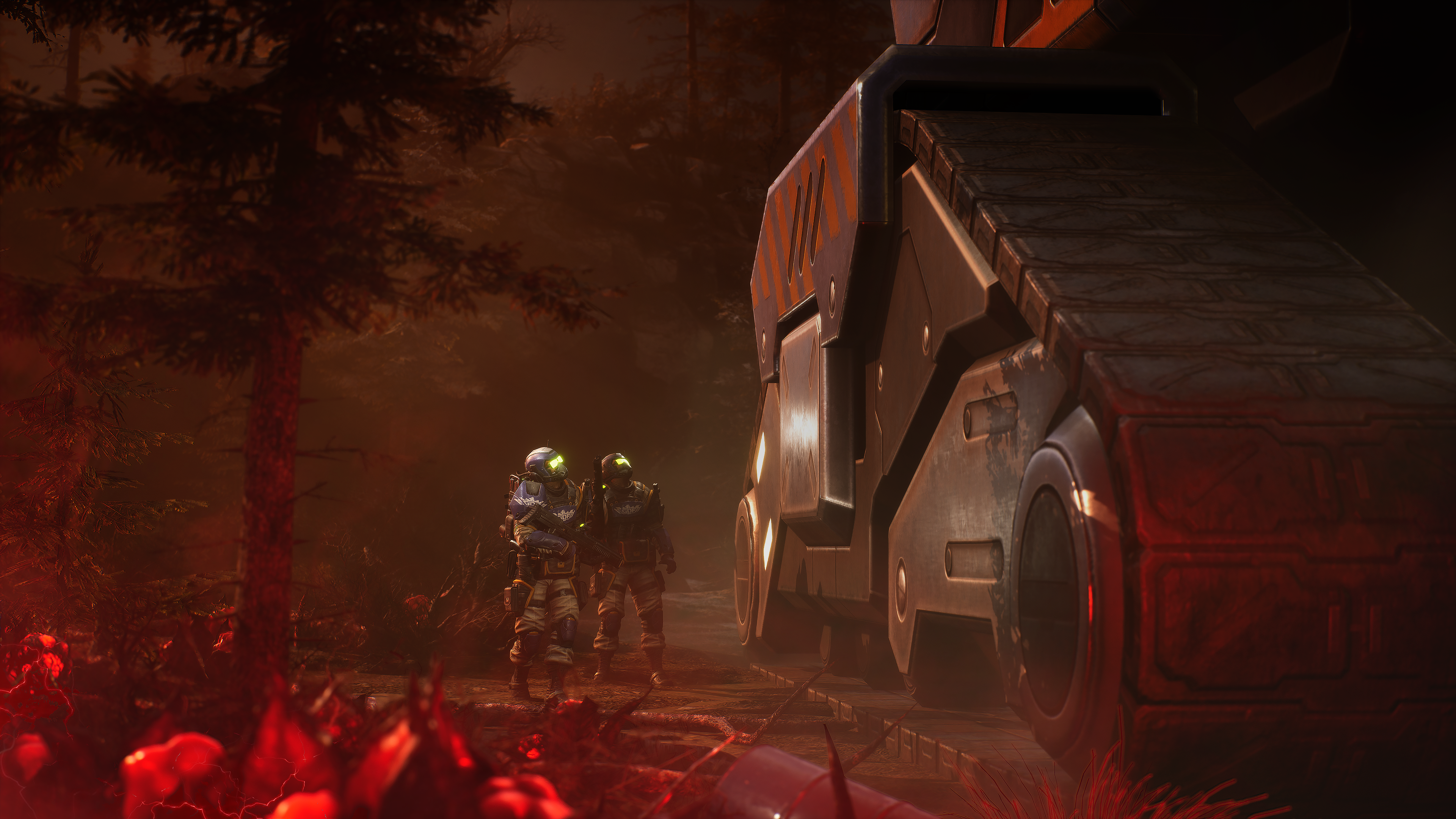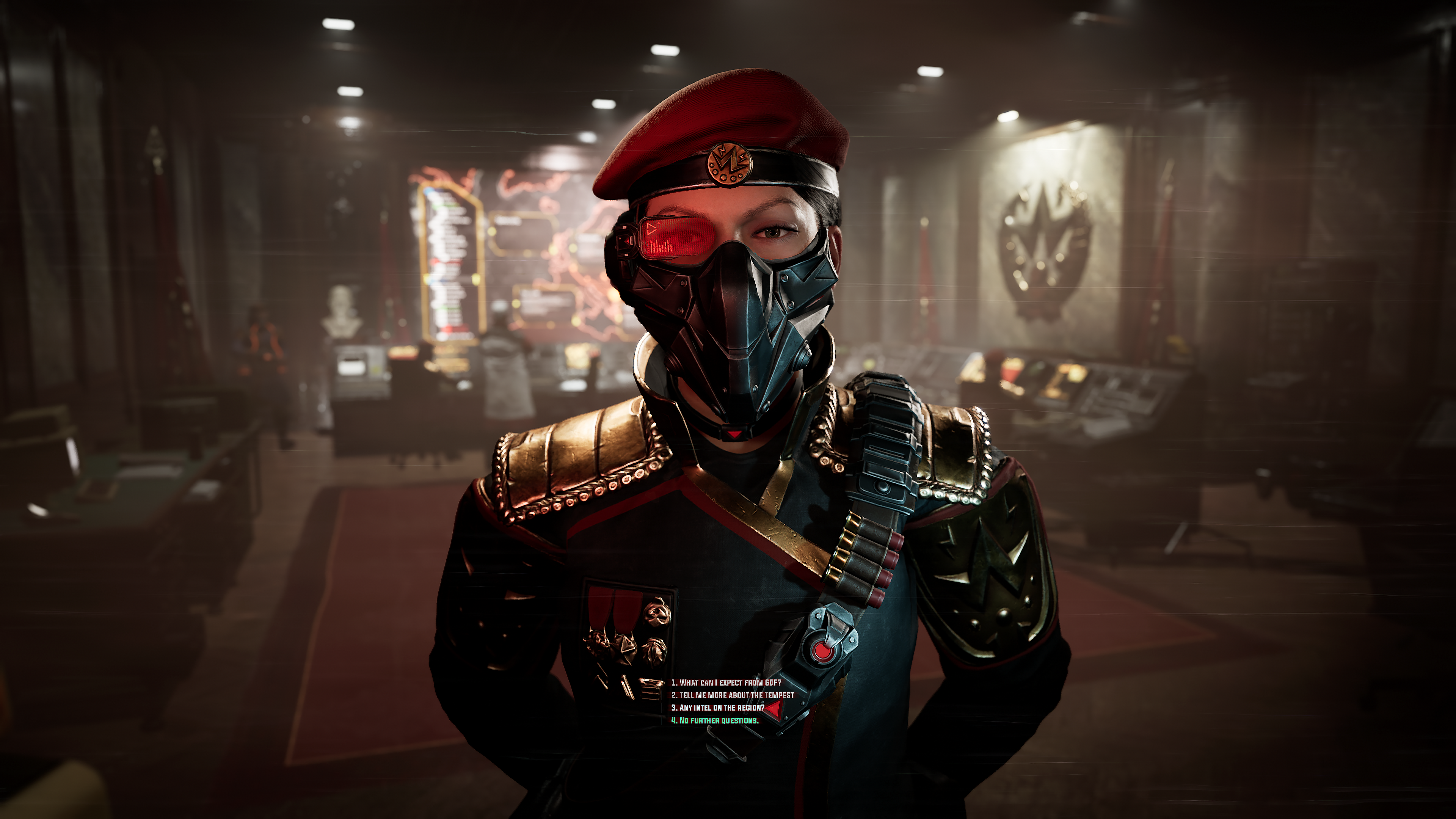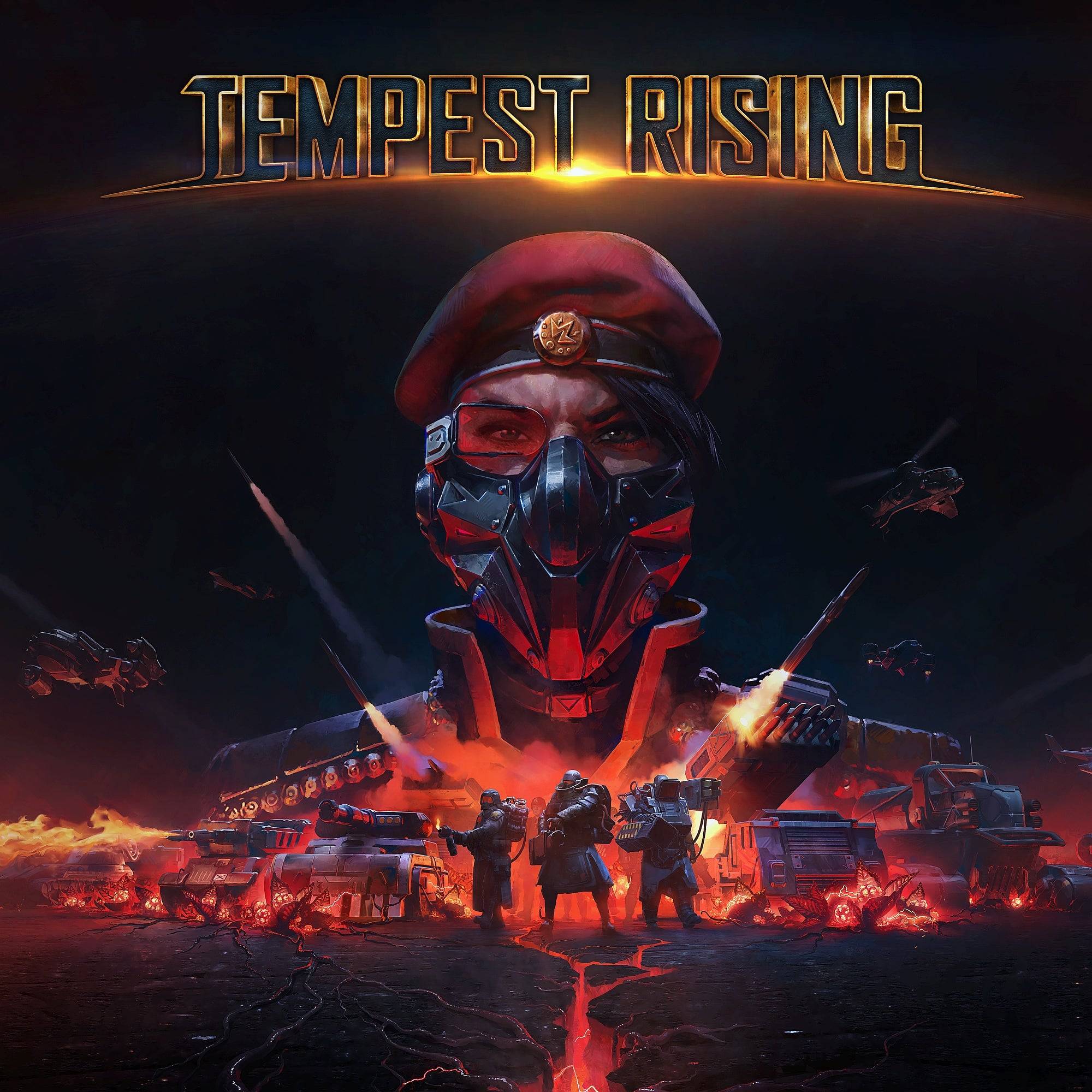"Tempest Rising: A Nostalgic '90s RTS Experience"
From the moment I launched the Tempest Rising demo, I was filled with a sense of nostalgia and excitement. The opening cinematic, with its campy dialogue from armored soldiers and a quirky scientist, immediately brought a smile to my face. The game's music, user interface, and unit designs are meticulously crafted to evoke the feel of classic RTS games from the 90s and 2000s, like Command & Conquer. Playing Tempest Rising feels like a delightful throwback to those late-night gaming sessions with friends, fueled by Mountain Dew and taco-flavored Pringles. The developers at Slipgate Ironworks have clearly set out to create a modern game that captures the essence of those beloved classics, and they've succeeded wonderfully. Whether I was diving into Skirmish mode to challenge clever AI bots or engaging in Ranked Multiplayer, playing Tempest Rising is as comfortable and familiar as slipping on a well-worn baseball glove.
This nostalgic feeling is no mere coincidence. The developers have confirmed their intention to craft a real-time strategy game that resonates with the classics, while incorporating modern quality-of-life improvements. Set in an alternate 1997 where the Cuban Missile Crisis escalated into World War 3, Tempest Rising introduces a world where nuclear devastation has given rise to mysterious flowering vines. These vines, brimming with electrical energy, have sparked a new era of power for those willing to brave the fallout to harvest them.
Tempest Rising Screenshots

 8 Images
8 Images



While the demo I played focused solely on multiplayer, I eagerly anticipate exploring the story mode, which will feature two replayable 11-mission campaigns, one for each of the main factions showcased in the preview. The Tempest Dynasty (TD), an alliance of Eastern European and Asian nations devastated by WW3, and the Global Defense Forces (GDF), comprised of the United States, Canada, and Western Europe, offer distinct gameplay experiences. A third faction, yet to be revealed, will be introduced in the campaign mode, but it remains unplayable in the demo, the Steam RTS Fest demo, and at launch.
The Tempest Dynasty particularly caught my attention, not only due to its quirky 'death ball' vehicle, the Tempest Sphere, which amusingly squashes enemy infantry, but also because of its unique 'plans' system. These plans allow for the activation of faction-wide bonuses, managed from the Construction Yard, the starting building for all players. With a bit of extra power generation and a 30-second cooldown, you can switch between plans effortlessly.
The Logistics Plan speeds up the construction of new structures and the harvesting of resources, making mobile resource harvesters more efficient. The Martial Plan increases unit attack speed, grants resistance to explosives, and allows Machinist units to drain their health for a 50% boost in attack speed. The Security Plan reduces the cost of creating units and buildings, enhances the Repair function, and expands Radar vision. I found a strategic rhythm by cycling through these plans, alternating between boosting my economy, speeding up construction, and enhancing my combat capabilities.
The flexibility of the Tempest Dynasty extends beyond its plans. Instead of setting up a Refinery to harvest nearby tempest fields like the GDF, the Dynasty uses Tempest Rigs, mobile units that harvest resources until the field is depleted and can then move to another location. This mobility makes 'fast expand' strategies easier and more effective, especially since the rigs can operate far from the base, safely gathering resources out of the enemy's reach.
Another fun aspect of the Dynasty is the Salvage Van, which can repair nearby vehicles or switch to Salvage Mode to destroy enemy vehicles and reclaim resources. Sneaking up on unsuspecting opponents and using the Salvage Van to both weaken their forces and bolster my resources was a thrilling tactic.
Lastly, the Dynasty's power plants can switch to 'Distribution Mode,' enhancing the construction and attack speeds of nearby buildings at the cost of taking damage. This mode automatically deactivates if buildings reach critical health, ensuring you don't accidentally destroy your own base.
While I'm drawn to the Tempest Dynasty, the GDF also offers compelling gameplay with its focus on buffing allies, debuffing enemies, and controlling the battlefield. The GDF's Marking mechanic, where certain units can mark enemies to drop Intel upon defeat, provides a unique strategic advantage. Investing in Doctrine upgrades can further debuff marked enemies, making them easier targets and boosting the effectiveness of your forces.
 Tempest Rising3D Realms Wishlist
Tempest Rising3D Realms Wishlist
Each faction has three tech trees to explore, allowing you to tailor your strategy. The Dynasty's tech tree enhances the effectiveness of their 'Plans,' while the GDF's 'Marking & Intel' tree offers powerful synergies. In addition to tech trees, advanced buildings unlock cooldown abilities that can significantly impact battles, such as area damage, troop spawning, spy drones, and even temporarily disabling enemy vehicles.
The Dynasty's fewer, upgradable buildings make each loss more significant, but the Lockdown ability can prevent enemy takeovers, albeit at the cost of temporarily disabling the building. The Field Infirmary ability, allowing for troop healing anywhere on the map, complements the Dynasty's repair-focused strategy perfectly.
There's much more to explore in Tempest Rising, and I'm eager to dive in further, especially with the launch version's Custom Lobbies that will let me team up with friends against the game's clever AI bots. Until then, I'll continue enjoying solo battles, squishing my bot enemies with my swarms of death balls.
-
 Jan 27,25Roblox: Bike Obby Codes (January 2025) Bike Obby: Unlock Awesome Rewards with These Roblox Codes! Bike Obby, the Roblox cycling obstacle course, lets you earn in-game currency to upgrade your bike, buy boosters, and customize your ride. Mastering the various tracks requires a top-tier bike, and thankfully, these Bike Obby codes deliver
Jan 27,25Roblox: Bike Obby Codes (January 2025) Bike Obby: Unlock Awesome Rewards with These Roblox Codes! Bike Obby, the Roblox cycling obstacle course, lets you earn in-game currency to upgrade your bike, buy boosters, and customize your ride. Mastering the various tracks requires a top-tier bike, and thankfully, these Bike Obby codes deliver -
 Feb 20,25Where to Preorder the Samsung Galaxy S25 and S25 Ultra Smartphones Samsung's Galaxy S25 Series: A Deep Dive into the 2025 Lineup Samsung unveiled its highly anticipated Galaxy S25 series at this year's Unpacked event. The lineup features three models: the Galaxy S25, S25+, and S25 Ultra. Preorders are open now, with shipping commencing February 7th. Samsung's web
Feb 20,25Where to Preorder the Samsung Galaxy S25 and S25 Ultra Smartphones Samsung's Galaxy S25 Series: A Deep Dive into the 2025 Lineup Samsung unveiled its highly anticipated Galaxy S25 series at this year's Unpacked event. The lineup features three models: the Galaxy S25, S25+, and S25 Ultra. Preorders are open now, with shipping commencing February 7th. Samsung's web -
 Jul 02,22Isophyne Debuts as Original Character in Marvel Contest of Champions Kabam introduces a brand-new original character to Marvel Contest of Champions: Isophyne. This unique champion, a fresh creation from Kabam's developers, boasts a striking design reminiscent of the film Avatar, incorporating copper-toned metallic accents. Isophyne's Role in the Contest Isophyne ent
Jul 02,22Isophyne Debuts as Original Character in Marvel Contest of Champions Kabam introduces a brand-new original character to Marvel Contest of Champions: Isophyne. This unique champion, a fresh creation from Kabam's developers, boasts a striking design reminiscent of the film Avatar, incorporating copper-toned metallic accents. Isophyne's Role in the Contest Isophyne ent -
 Jan 11,25Jujutsu Kaisen Phantom Parade: Tier List Revealed This Jujutsu Kaisen Phantom Parade tier list helps free-to-play players prioritize character acquisition. Note that this ranking is subject to change with game updates. Tier List: Tier Characters S Satoru Gojo (The Strongest), Nobara Kugisaki (Girl of Steel), Yuta Okkotsu (Lend Me Your Stren
Jan 11,25Jujutsu Kaisen Phantom Parade: Tier List Revealed This Jujutsu Kaisen Phantom Parade tier list helps free-to-play players prioritize character acquisition. Note that this ranking is subject to change with game updates. Tier List: Tier Characters S Satoru Gojo (The Strongest), Nobara Kugisaki (Girl of Steel), Yuta Okkotsu (Lend Me Your Stren
